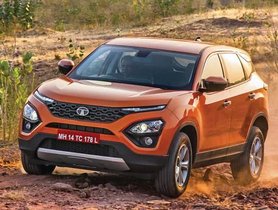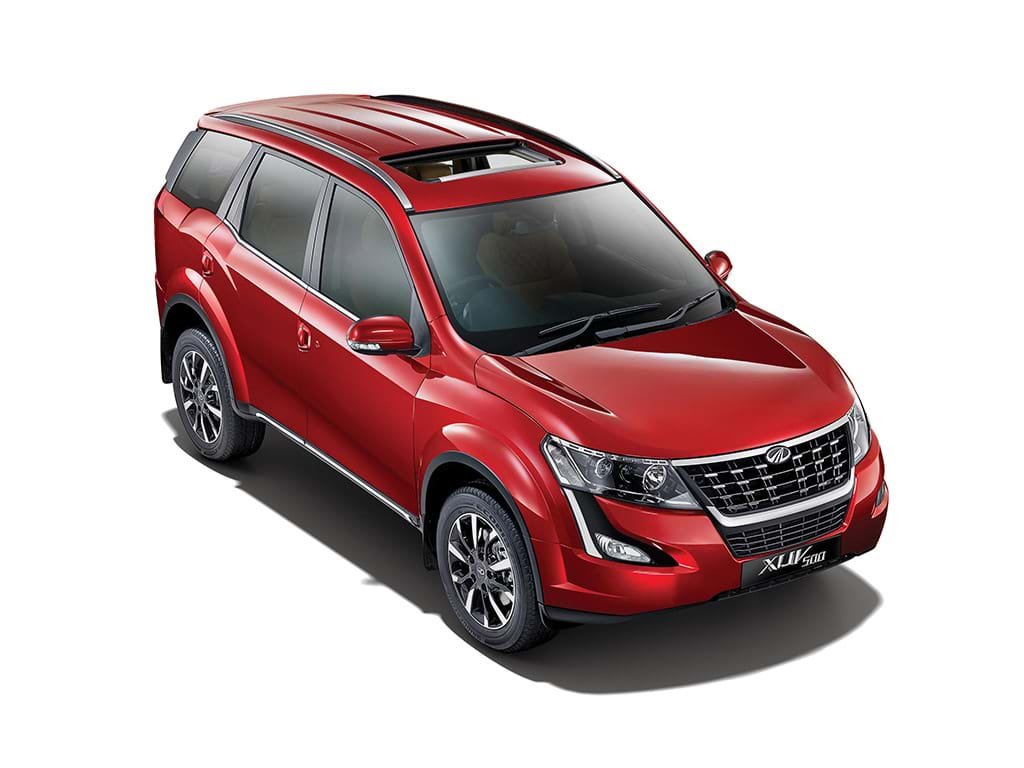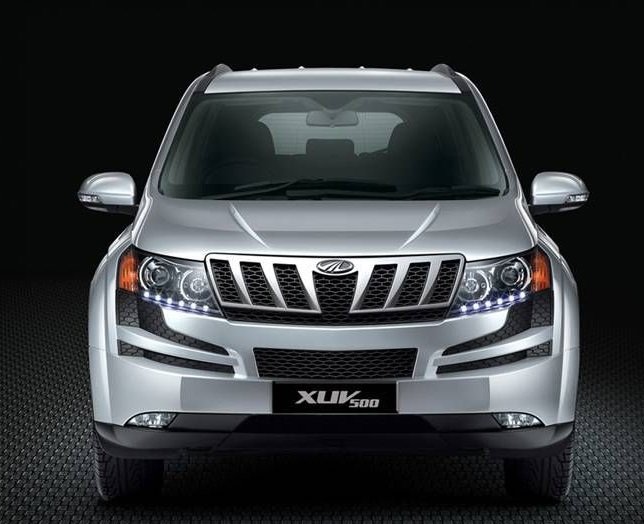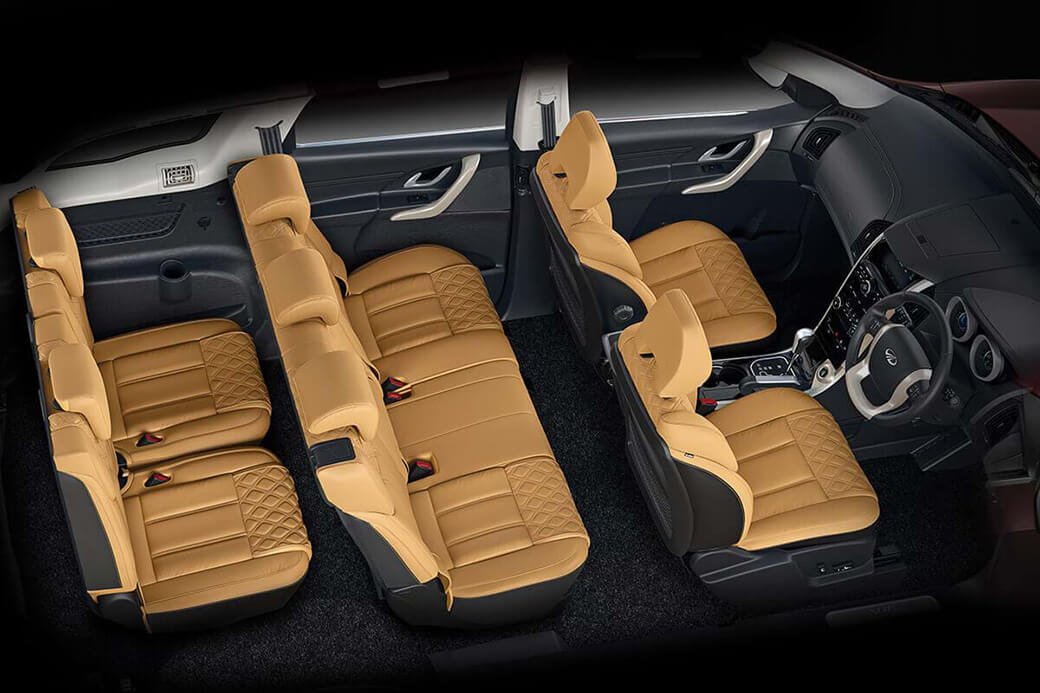Popular Tips
YOU MIGHT BE INTERESTED IN
Tips to Buy Used Mahindra XUV500
by Mohit Bhardwaj |
03/09/2019
Fancy buying an SUV, and in the market for a used one? The team here will help you out with Tips to Buy Used Mahindra XUV500 with basic information about what should be checked and how these cars are quoted.















 Follow us on google news
Follow us on google news
